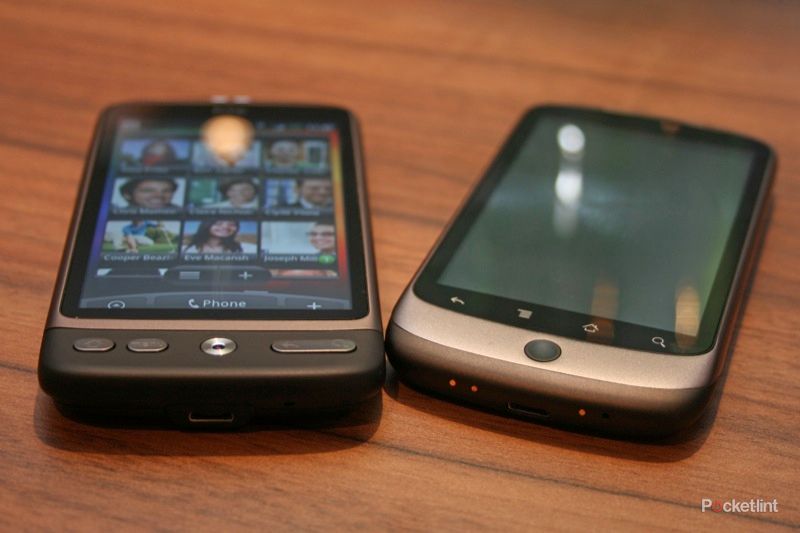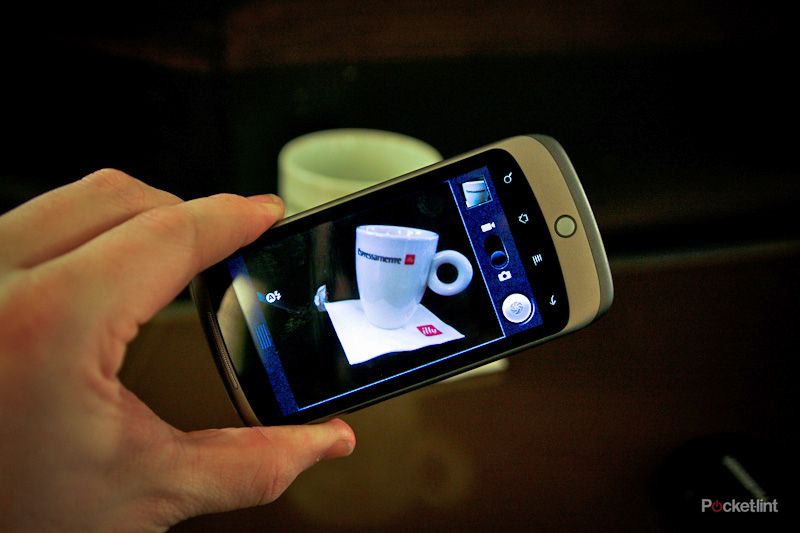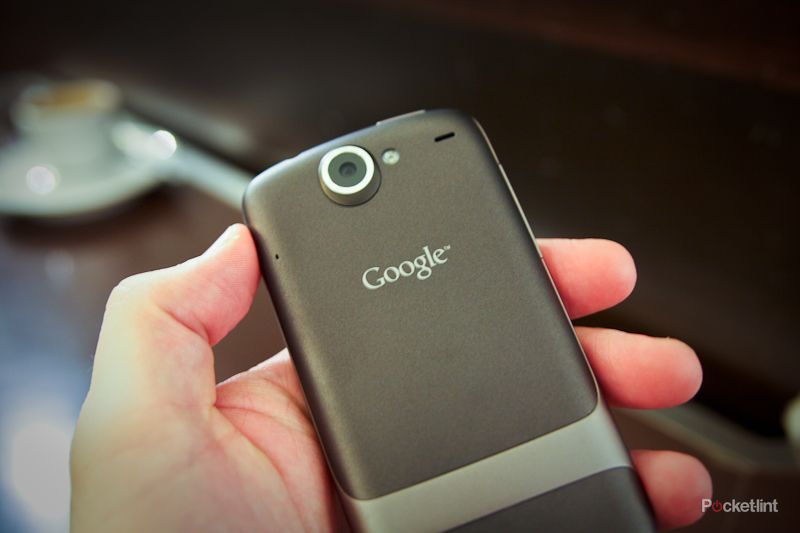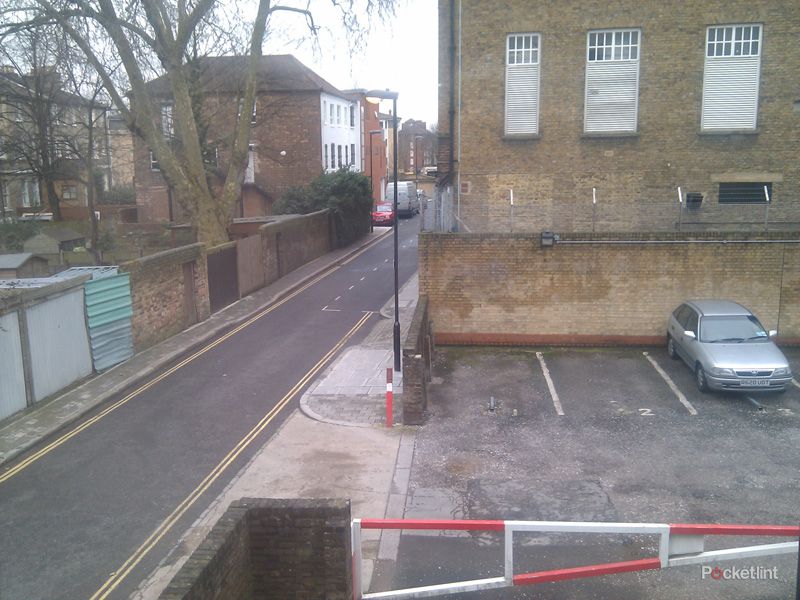Philip K Dick can rest happily in the knowledge that his legacy is safe. Despite complaints from his descendants, Google hasn't done anything to smear the Nexus One name, which it shares with the Androids in Dick's novel "Do Androids Dream of Electric Sheep?". If anything, the search giant may even have given it greater status with a new generation who aren't as familiar with the book.
Our quick take
The Nexus One is almost everything that you could want from a mobile phone. There's a lack of imagination in terms of its physical design, a few niggling bugs like the WEP support issue, and the keyboard that doesn't quite touch HTC's Sense one. But on the other hand, it scores points over competitors for its effortless multitasking, its flash-equipped camera and its lightning-fast speed, as well as its deep integration with Google's suite of apps.
Android is one of the best mobile platforms in the market, rivalled only by Apple's iPhone, and the implementation on the Nexus One is the best that's available in the market at the time of writing. Google has a few problems to solve - the pace of devices being released is too fast, the HTC Desire already looms, and there's a real risk of the Android ecosystem being splintered by the failure of manufacturers to roll out updates for existing handsets.
But none of that takes away from the achievement that is the Nexus One, and what an achievement it is. Philip K Dick would be proud.
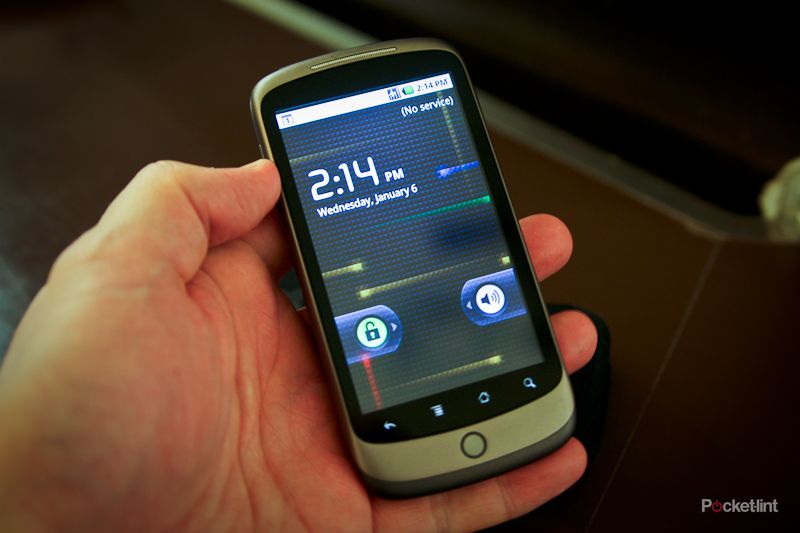
Google Nexus One - 4.5 / 5
| FOR | AGAINST |
|---|---|
|
|
But let's start at the beginning. The Nexus One we're talking about here isn't a robot - it's a mobile phone created, marketed and sold by Google with a little help from HTC. It runs the company's Android OS, and - like every other high profile handset that gets released - has been labelled as an "iPhone Killer". But the big question is - can it stand up to the waves of hype?
- Best smartphones: The top mobile phones available to buy today
- HTC through the ages: A brief history of HTC's Android handsets
A 3.7-inch AMOLED multi-touch touchscreen, running at a luxurious 480 x 800 pixels, is the centre of attention. That's 252.15 pixels per inch - a very respectable density that ensures that circles on the screen actually look like circles - not like jagged approximations. It's clear, bright even in sunlight, and video content looks fantastic with a 100,000:1 contrast ratio. There's a sliding scale to adjust the brightness, or an automatic option will read ambient light and set it accordingly - we found that it aimed a little low here, but does has the benefit of saving battery life.
The rest of the outside of the Nexus One is plastic. There's a mechanical trackball at the bottom, which comes in handy while editing text but rarely otherwise. Above that are four touch-sensitive areas of the screen that serve as back, menu, home and search buttons. There's a volume rocker on the side, a power button on the top next to the 3.5mm headphone socket, and a Micro-USB charging socket on the bottom. Also on the bottom are four connection points for the Nexus One's accompanying dock - more on which shortly.
It feels solid in your hand, but it doesn't look amazing. It doesn't look as good as the iPhone does. Without turning it on, it won't blow away people who see it and don't know what it is. We're not saying that it looks terrible - it doesn't - it merely looks functional, and that's not quite good enough. The Nexus One bears more in common with typical US smartphone design than it does to HTC's other Android models - all curved edges everywhere, in the same way that the CDMA Hero looks rubbish compared to the GSM one. Maybe it's just that we miss the chin.
Inside, the brains of the operation is Qualcomm's 1GHz QSD 8250 Snapdragon ARM processor. It's mightily fast. If you're upgrading from a previous Android phone, like the Hero or Magic, or even an iPhone 2G or 3G, then you'll find it to be hugely more responsive. If you're upgrading from an even older device, you'll be blown away. It's not perfect - there's the occasional split-second of lag - but it's as fast as we've seen on a phone to date. It's pretty much equivalent to the excellent iPhone 3GS in zipping around web pages, viewing photos, or just navigating menus.
It comes with 512MB of internal memory, and a 4GB microSD card for storage. Unfortunately, due to the limitations of Android you can't store apps on the SD card - they have to sit in the memory, meaning that you're entirely likely to run out of space if you go crazy downloading extra content. This is a problem, but not one that's exclusive to the Nexus One, which actually has more storage than most of its Android competitors. The microSD slot can take cards up to 32GB, if you want to go crazy loading music onto it.
Unlike previous Android versions, the music player on the Nexus One is actually rather impressive. It looks great, it's intuitive, and if you don't like it you can always download one that you do like - a key advantage of Android over the iPhone, which refuses to allow third-party music apps, browsers and other apps that Apple provides out of the box. The Nexus One's camera and photo browsing apps are considerably improved over previous versions of Android too.
While this isn't a review of Android itself, it's worth mentioning a little about the platform for those who aren't too familiar with it. Android is a platform built by Google which is free for manufacturers to put on phones. The idea behind it is to considerably improve the experience that consumers get on their phones so that they use mobile web more. More people using the mobile web means more people being displayed Google's adverts - which is how the company makes its money from Android.
The company has therefore tried to create the best experience it possibly can, and has done a good job. If you're a user of Google's suite of web apps - calendar, mail, contacts, etc, then you'll find everything instantly set-up for you. Even if you're not, it's trivial to get your email and information synced, and stored in the cloud. The device needs little backing up, because everything is kept on Google's servers. The only exception is images taken with the camera - which you'll need to back up manually.
But while Android's experience is excellent, far beyond most of its competitors, it's still a little more complex to use than the iPhone. While it has a number of sizeable benefits over the iPhone - multitasking, Flash compatibility, much more customisation of the UI - the trade-off is that it's not as simple to use for technophobes. You might want to think twice before recommending an Android device to your Grandma.
Going back more specifically to the Nexus One, it runs version 2.1 of Android. Some have criticised the Android platform for rolling out so many phones, so quickly, that any device you buy is relatively obsolete within 6 months - such is the pace of development. With many phone contracts lasting 18 months or more, getting stuck with a handset that's rapidly made redundant can be frustrating - just ask the legions of HTC Hero owners who haven't been updated from Android 1.5. That might be a consideration for you, especially with the HTC Desire on the horizon, looking to snatch the crown of top Droid Dog from the Nexus One.
Some have claimed that the Nexus One is inferior to HTC's other handsets because it doesn't come with HTC's Sense UI. That's not true. While Sense is great, we didn't especially miss it in the Nexus One - the most recent version of Android has fixed a lot of the problems that Sense had previously patched up, with the sole exception of the keyboard. HTC's Sense keyboard is far superior to the default Android one. We really missed being able to long-press keys to get punctuation, rather than having to switch to a different set of keys entirely.
We should mention a couple of other issues too. For some reason, the Nexus One doesn't like WEP encryption on Wi-Fi. It's fine with open networks, and it's fine with WPA, but if you try and get it to connect to WEP, it'll try and get an IP address for a while before declaring, poignantly, "Failed". There doesn't seem to be a way around this, except to change your router to WPA encryption instead. Though, that's not a bad thing - it's relatively trivial to crack a WEP connection, so you should opt for WPA-2 if you have the choice.
Also, our handset - ordered from the US - didn't come with any network settings preloaded, meaning that you'll need to track down the right servers yourself to get 3G and MMS capabilities on your handset. You should be able to call up your network to get them, but it's an extra step of hassle that you'll want to be prepared for before your handset arrives. Of course, if you pick one up with a contract from a network, you won't have that issue.
The camera has a 5-megapixel sensor, with support for video in 720 x 480 resolution. It has an LED flash and autofocus, as well as the ability to control white balance and add colour effects. Test images taken were adequate, if a little flat, in good light - with plenty of detail visible in macro shots. In darker environments, the flash proved a little too glaring, and shots with flash turned off were noisy and underexposed. In short, it's not going to replace a real camera, but it'll do in a pinch.
Call quality was great - we had no problems hearing anyone in our testing, and they had no problems hearing us - even in noisy environments. The Nexus One actually has two microphones - one on the back - to reduce background noise during phone conversations with a voice processor, and this seems to work well.
There's an optional dock you can purchase with your order, which allows you to charge the device while keeping it upright and in front of you. When you plug it in, it automatically starts a clock application which has the time in big bold letters, the weather, battery life, alarm status and shortcuts to music, pictures and the normal homescreen. There's also a button on this screen to turn off the backlight, so you can have it by your bed as an alarm clock. The dock has a 3.5mm jack connector, and when docked it'll play through that instead - allowing you to hook it up to your stereo.
We found the 1400mAh battery's lifespan to be about equivalent to competitors in our testing - about a day. You'll need to charge it every night. We had hoped that the OLED screen would get a little more juice out of the battery, but it seems like that juice has been directed elsewhere instead - probably at the 1GHz processor. Happily, the battery is fully removable, so if it conks out then you can get a replacement relatively easily.
To recap
The current king of the Android castle

